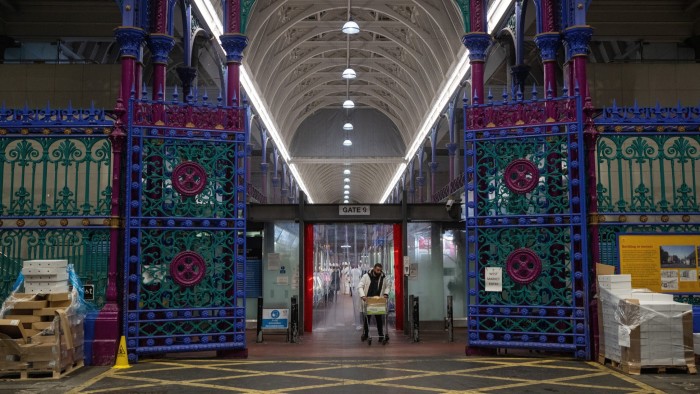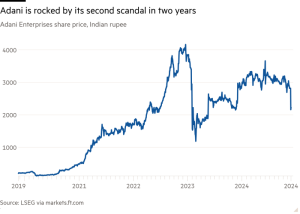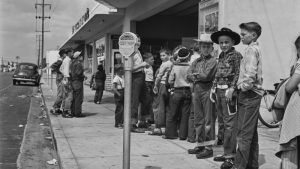City of London pauses plan to move famed Smithfield and Billingsgate markets

Unlock the Editor’s Digest for free
Roula Khalaf, Editor of the FT, selects her favourite stories in this weekly newsletter.
The City of London has shelved plans to move the Smithfield and Billingsgate markets to a new site in the east of the capital, as it reviews whether the proposals are affordable.
The historic meat and fish markets were due to be combined at a facility in Dagenham while the City transformed some of the buildings at Smithfield into a new home for the Museum of London.
Smithfield is the UK’s largest wholesale meat market and Billingsgate is the country’s biggest inland fish market. Their move has been “put on hold . . . while affordability and other options are explored”, according to documents from the City of London Corporation, the local government for the area.
The City has spent £308mn so far on the project, “largely for site purchase and remediation work”, according to the documents. The approved budget for the move was £841mn.
Officials are due to report back to the Court of Common Council, the City’s main decision making body, this month with “further insight into the financial forecasts for the programme”.
City officials said work on the museum is under way and will be unaffected by the change of plans, but the reversal leaves the future of the two famous markets in doubt.
A spokesperson said: “No decision has been made . . . The proposed relocation of Smithfield meat market and Billingsgate fish market to Dagenham dock has recently been reviewed to determine the next steps and to ensure the financial sustainability of the project.”


Smithfield, just outside London’s historic walls, was a livestock market from the medieval period until the 19th century.
By the 1850s, the large number of animals being brought into the growing city prompted a move to convert Smithfield into a meat market and the construction of the current buildings.
Billingsgate, the fish market, was originally located near London Bridge but moved in the 1980s to a new facility close to Canary Wharf. It shifts 25,000 tonnes of fish and fish products annually.
“These markets have been at the heart of London’s and the UK’s food industry for centuries, but the condition and quality of the existing buildings are below what is expected of modern wholesale markets,” the City said in its proposals. “Even with significant investment, there is no room to grow in their current locations.”
The combined facility in Dagenham, further east along the river Thames, was due to open in 2027 — clearing the way for new developments on the former market sites in Canary Wharf and Smithfield.
City officials said the new home for the Museum of London is in the former general market and poultry market buildings, where work is already under way. The meat market still operates from different buildings next door, so delaying the move will not hold up progress on the museum, they said.
#City #London #pauses #plan #move #famed #Smithfield #Billingsgate #markets







